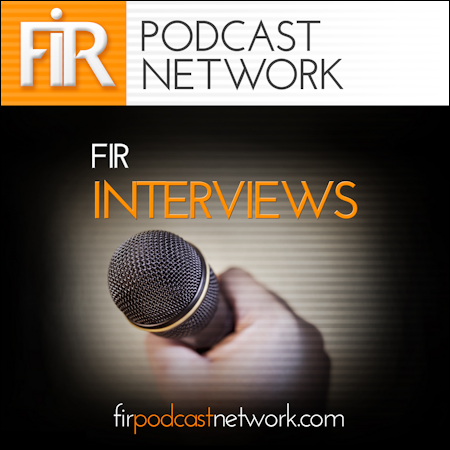
Imagine a modern Speaker’s Corner in Hyde Park, London, a public square that traditionally is a symbol of free speech and public discourse, now surrounded by towering walls made of digital screens displaying algorithmically-generated content. Individuals inside the walls are wholly focused on their personal devices, isolated in their own digital bubbles.
The historic podium, once a bustling hub of lively debate and discussion, stands neglected in the centre, symbolising the shift from public, open dialogue to private, fragmented communication in the digital age. The contrast between the vibrant, communal past and the isolated, algorithm-driven present is stark, highlighting the metaphorical transformation of the public square into private, curated experiences.
The image here, created by ChatGPT Plus and DALL-E 3 to my simple prompt, embodies the concept of the modern transformation of the public square into a digital environment dominated by private groups and algorithmically-generated content. This visual metaphor highlights the shift from traditional, open forums of expression to more isolated, digital experiences, illustrating the impact of social networks today on public discourse and freedom of expression.
Whither the Public Square?
In episode 384 of our For Immediate Release podcast, Shel Holtz and I consider the trend of people spending less time on the big open public social networks we’re familiar with – the likes of Facebook, pre-X Twitter, WhatsApp, YouTube, TikTok, etc – opting instead for closed communities, hidden away from public scrutiny, on less-huge social networks or, at a pinch, private closed groups on those big networks.
We discuss these changes and consider the implications for professionals, businesses and wider society, referencing a highly-credible analysis by The Economist in its latest edition. Key takeaways:
- Social media is splitting into personal interactions via closed groups and mass consumption of content, primarily videos, driven by algorithms.
- The shift towards content curated by AI, as on TikTok, means less social interaction and more entertainment consumption.
- Political and private communication is moving to encrypted or closed platforms, altering the landscape of public discourse.
- The changing nature of social media impacts everything from political campaigning to the mental health of users, with a noted decline in public posting and news sharing.
- The Economist’s article underscores the challenges and changes in moderation, content dissemination, and the balance between private communication and public forums.
All of this reflects broader changes in how people interact online and the implications for society, politics, and individual behaviour. Is it the end of social networking as we know it? No more public squares but lots of private ones?
You can listen to our discussion right here or, if you don’t see the embedded audio player below, on the episode page on the FIR website.
Related reading:
- The hate speech problem on X: a test of conscience for users and brands – 18 November 2023
- X, Moral Bankruptcy, and the Business of Hate – 8 October 2023
- AI-generated disinformation: A new battleground for elections in 2024 – 8 September 2023
Footnote: The image at the top was created by Chat GPT Plus and DALL-E 3 to my simple prompt: “Using Speaker’s Corner in Hyde Park as a reference, create a square image that’s a metaphor for the so-called public square popularly used to describe freedom of expression in social networks that today is ebbing away and being replaced by private groups and algorithmically-generated content.”











